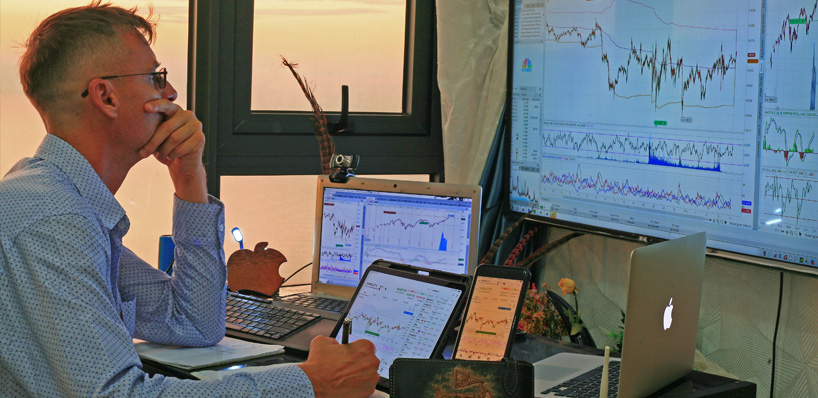What Is Margin Trading?
Admin
Aug 6, 2021

Margin trading is a method of trading assets– such as Bitcoin– using funds provided by a third party. Margin trading allows traders to borrow capital to gain access to larger buying power, enabling traders to leverage their positions. This method allows traders to open much larger positions than they otherwise could with their own money.
Margin Trading Results
Margin trading amplifies trading results, allowing traders to make much larger profits on successful trades and much larger losses on unsuccessful trades. Margin trading is most popular in less volatile markets–however, traders still use it in the stock and crypto markets.
Crypto Margin Trading
In crypto margin trading, these borrowed funds are often provided by other traders who earn interest on the funds they provide. In some cases, cryptocurrency exchanges may also provide margin trading funds to their users.
How Does Crypto Margin Trading Work?
The basics of cryptocurrency margin trading are quite easy to understand. Crypto margin trading is similar to that of traditional markets. To start the process, you will need to:
Invest an initial deposit to open a position. This is referred to as the “initial margin”.
Hold a specific amount of capital in your account to maintain the open position: This is called the “maintenance margin”.
When opening a margin trade, your initial margin is held by the exchange/platform as collateral. The amount you are able to leverage will depend on the rules of the platform you are using. Some trading platforms offer up to 100X (otherwise expressed as a ratio of 100:1) leverage. This means that traders can open a position up to 100 times the value of their initial margin.
An example: if you have $5,000 in your account and you open a $50,000 position, you would be trading with 10x leverage on your account ($5,000 x 10 = $50,000). If you trade with 100x leverage on that $5,000, you would be opening a position of US$5 million.
Margin Trading Positions
Margin trading can be used to open both long and short (buy and sell) positions. Once a trade is opened - for example, a long margin trade - a trader could be subjected to a margin call if the price had to drop significantly. In this case, a trader will be required to deposit more capital into their account to reach the minimum margin trading requirements. If the trader chooses not to, their initial margin is then liquidated to cover the loss.
Margin Trading Tips
Margin trading is considered a high-risk investment strategy. Margin trading is only recommended for experienced traders because leverage has the potential to enlarge your profits or losses by the same magnitude. Here are some tips to consider before you start margin trading:
Start small: With any type of investment strategy, it is always good to start off small, so that you minimize your risks while you are still learning.
Set goals: It’s important to set goals and have a profit strategy. A stop loss and profit taking goal is essential.
Don’t rush: Never rush into a trade. If you're having doubts about a trade, it's best not to enter.
Keep it short: It’s best to limit margin purchases to short periods of time to limit your exposure to the market.
Check the fees: Crypto exchanges that support margin trading will always charge you a fee. You will be charged interest on the capital you borrow. It is important to know what these fees are before you start margin trading.
Margin Trading Benefits
Margin trading gives traders the opportunity to earn substantial profits. It is an excellent choice for people familiar with the ebb and flow of crypto markets, but who lack the personal finances to gain substantial profit from it.
Margin trading is, however, extremely risky, especially in the highly volatile cryptocurrency space. If you are new to crypto margin trading, you should be extremely cautious. It is not advised that you risk more on cryptocurrency trading than you are willing to lose.
Start your cryptocurrency journey with MEX Digital. Remember, proper diligence and sound judgement should be used in evaluating the risks associated with these activities. Trading cryptocurrency carries significant risk and losses can exceed deposits. Refer to our Terms and Conditions and disclosure material.




